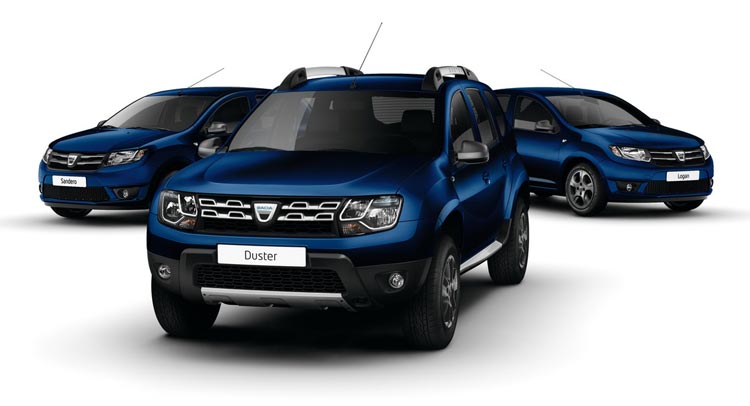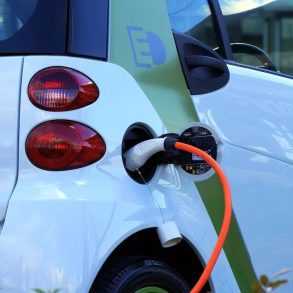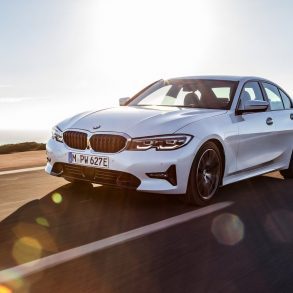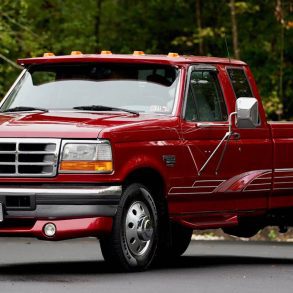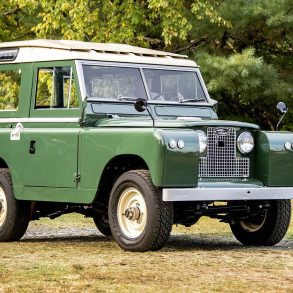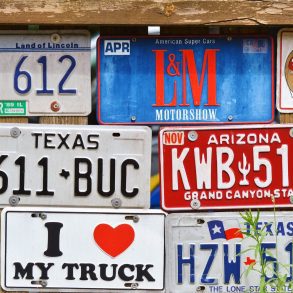For a while us here at Left-lane.com have been in awe of the success of Dacia, the first true dedicated “value” brand (re)started by a major car manufacturer. Sure, Skoda was arguably the first attempt by a major manufacturer to buy a lowly brand and have it slot in at the bottom of its brand hierarchy, but it was never truly positioned as a “bargain” brand. Notwithstanding the Felicia, itself a re-skinned Favorit, all its models have been basically current VW models for some 20% less cash – that’s cheaper, but not really cheap. When Renault bought Dacia, on the other hand, it created a line-up of dedicated cars that were based on tried and tested platforms whose R&D costs have long been recovered, thus allowing the models to be sold at a very low price point. Add to that a simplified construction, long-travel suspension that was both sturdy and comfortable, minimal styling and a spartan interior and the first Dacia model, the Logan, was ready to do battle with both more expensive western, as well as long-obsolete homegrown models in the Eastern European markets. But what followed was a success story that exceeded all expectations Renault may have had for the brand – Dacia models became a mainstream hits in Western Europe as well, including in über-demanding markets such as Germany and England.
And it’s this success that got us thinking: would a brand like Dacia have any chance of success in the US market? While the US and European markets are similar in many ways, and the cars sold in both have gradually been getting more similar (think global Fords, Buick/Chevrolet, all premium brands), there is a niggling feeling that US customers have a different set of priorities when choosing their cars, ones that would make less fertile ground for a value brand like Dacia. Ultimately, Kriss and Bart had different feelings about whether the US is ready for a value brand:
Kriss: There are plenty of segments in which a “value” offering could succeed
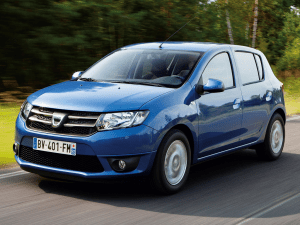
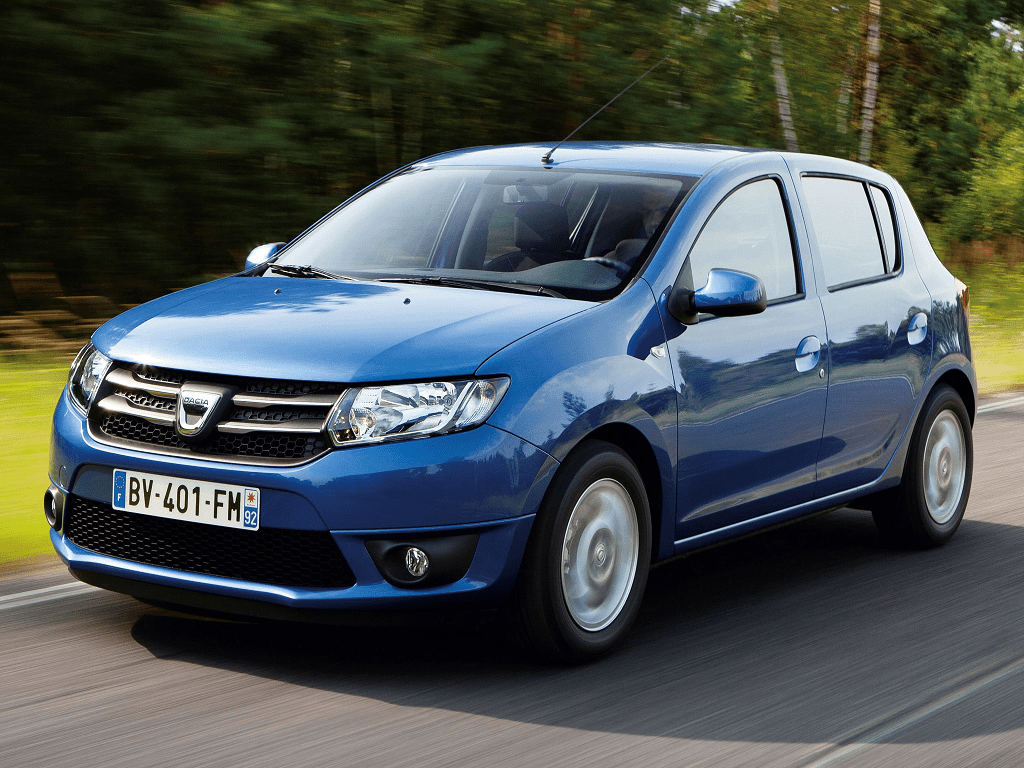 Not every segment is ready for disruption by a value brand – customers buying large cars usually require some brand prestige, while premium markets are a different ballgame altogether. But there are still plenty of segments where a “basic” car could work: subcompact, compact, small minivan, compact SUV, small pick-up, or small cargo van. In Europe Dacia has offerings in most of these segments, and all its offerings are pretty successful: Logan and Sandero together rank 6th in the subcompact segment, Duster is 4th in the small crossover segment, while Dokker is 3rd in the passenger van segment. Only Lodgy has been unable to crack the top-10, and placed 12th in the midsized MPV segment in 2015. And the brand is not stopping there – it just launched the Duster Oroch small pick-up in South America, a car smaller than the typical US midsized pick-up like the Toyota Tacoma (you can read why I think such a car would do well in the US).
Not every segment is ready for disruption by a value brand – customers buying large cars usually require some brand prestige, while premium markets are a different ballgame altogether. But there are still plenty of segments where a “basic” car could work: subcompact, compact, small minivan, compact SUV, small pick-up, or small cargo van. In Europe Dacia has offerings in most of these segments, and all its offerings are pretty successful: Logan and Sandero together rank 6th in the subcompact segment, Duster is 4th in the small crossover segment, while Dokker is 3rd in the passenger van segment. Only Lodgy has been unable to crack the top-10, and placed 12th in the midsized MPV segment in 2015. And the brand is not stopping there – it just launched the Duster Oroch small pick-up in South America, a car smaller than the typical US midsized pick-up like the Toyota Tacoma (you can read why I think such a car would do well in the US).
Bart: US customers have different preferences than Europeans
Sure, those cars succeeded in Europe, there’s no denying that, but US car buyers have different preferences European ones. For example, Americans spend much more time on highways than Europeans do, and that means they need plenty of power, stability afforded by a sophisticated suspension system and a low NVH levels, characteristics in which value brands have traditionally lagged. Americans also expect their cars to come with more creature comforts, such as air-conditioning, automatic gearbox or electrical controls in the interior, exactly the kind of things value brands save money on.
Kriss: Value-oriented cars already have had some success in the US
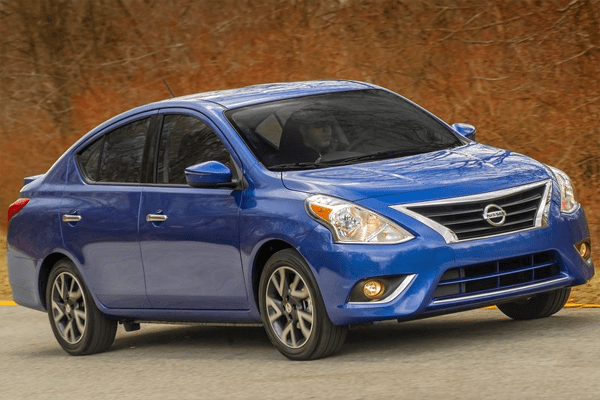 Despite those preferences, there are already cars on the US market that could qualify under the “value” banner, even if it may not be immediately obvious. One such car is the Nissan Versa sedan – a subcompact that for a while was the cheapest new car on the market, and majors on space rather than style or dynamics. In fact, its concept is very much like that of the Dacia Logan, all the way to the chassis being tuned explicitly for comfort. Another car is the Mitsubishi Mirage, a minicar that again majors on space and comfort over style or dynamics, and which assumed the “cheapest new car” mantle from the Versa sedan. Both cars have had some success in the marketplace: the Versa led the segment between 2009 and 2011, and has been hot on Kia Soul‘s soles ever since, while the Mirage has established itself quickly since introduction in 2013, and has been challenging its direct competitor Chevy Spark, as well as the style-conscious Fiat 500, for second spot in the segment (after the all-conquering Mini).
Despite those preferences, there are already cars on the US market that could qualify under the “value” banner, even if it may not be immediately obvious. One such car is the Nissan Versa sedan – a subcompact that for a while was the cheapest new car on the market, and majors on space rather than style or dynamics. In fact, its concept is very much like that of the Dacia Logan, all the way to the chassis being tuned explicitly for comfort. Another car is the Mitsubishi Mirage, a minicar that again majors on space and comfort over style or dynamics, and which assumed the “cheapest new car” mantle from the Versa sedan. Both cars have had some success in the marketplace: the Versa led the segment between 2009 and 2011, and has been hot on Kia Soul‘s soles ever since, while the Mirage has established itself quickly since introduction in 2013, and has been challenging its direct competitor Chevy Spark, as well as the style-conscious Fiat 500, for second spot in the segment (after the all-conquering Mini).
Looking further back, both Hyundai and Kia launched in the US as value brands and were so successful they’ve managed to move up to mainstream since, and are even moving into premium now, with the Genesis brand. In fact, to this date Hyundai still holds the first-year volume record for a new brand in the US, at over 168,000 sales of the Excel in 1986.
Bart: A value brand is tougher than a value model
Sure, some brands already offer value models, but that’s a whole different ballgame than launching a budget brand. For example, the Nissan Versa benefits from the brand appeal of the Nissan brand as an established maker of reliable vehicles for the past few decades. Image may not top the priority list of every value buyer, but even subconsciously a Nissan (or Mitsubishi, Hyundai or any established brand for that matter) has more cachet than a value brand would have. As long as Nissan also sells plenty of Muranos and GT-Rs, their brand image won’t suffer from one or two value models (they also continued to sell the previous-generation Rogue until the end of 2015 as a budget alternative to the new one). And I’m sure this is a great way to introduce first-time buyers or used car buyers into a brand, hopefully to keep them when their budgets grow.
Against the success of Hyundai-Kia weigh the failures of Yugo, Daewoo, Daihatsu or the homegrown Geo. It’s really not that simple to launch an entirely new brand into a mature market, or to re-launch a defunct brand as a value alternative. It takes huge investments in marketing, logistics and dealership infrastructure, which is much harder to recover with a low-cost business model than with a premium strategy. And even then, an established value brand like Suzuki eventually failed in the US when its sales collapsed.
Kriss: A value brand would have a certain left-field appeal in the 21st century
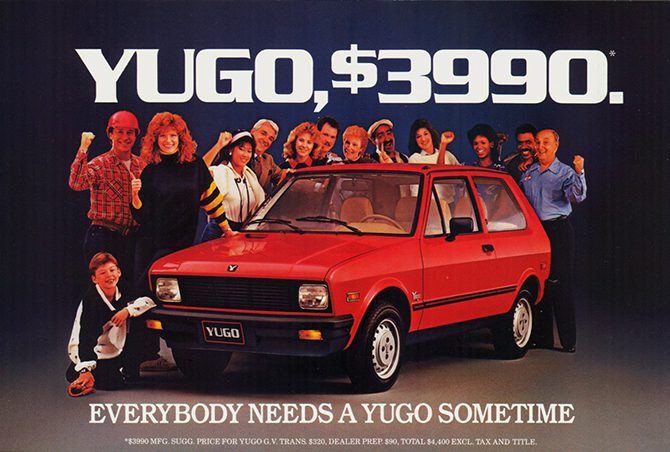 I see your point there, but Yugo, Daihatsu and Daewoo all happened a long time ago, and if there’s one good thing that came out of the recent recession, it is that it is not just acceptable to be frugal – in fact it is almost “cool”. This can be seen from success of brands such as Dollar General or Trader Joe’s (food), through Old Navy (clothing) or discount sites such as Living Social or Groupon. In such an environment, a value car brand could appeal not just to those who are truly budget-constrained when buying their car, but also to those who could spend more but choose not to, recognizing that their needs can be satisfied by a more “basic” type of a car.
I see your point there, but Yugo, Daihatsu and Daewoo all happened a long time ago, and if there’s one good thing that came out of the recent recession, it is that it is not just acceptable to be frugal – in fact it is almost “cool”. This can be seen from success of brands such as Dollar General or Trader Joe’s (food), through Old Navy (clothing) or discount sites such as Living Social or Groupon. In such an environment, a value car brand could appeal not just to those who are truly budget-constrained when buying their car, but also to those who could spend more but choose not to, recognizing that their needs can be satisfied by a more “basic” type of a car.
Bart: Safety and environmental regulations are tougher in the US
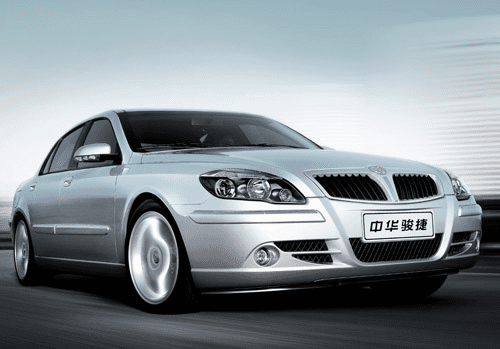 Okay, good point. So let’s assume there is a market for a value brand in the US, then how much cheaper would its models need to be than the competition? If the difference is too small even the “cool factor” won’t work, and the US market price competition is so intense that I don’t think there is much room to undercut existing prices by thousands of dollars. Part of the reason is the investment required to make cars meet the stricter safety and environmental regulations in the US. The latter lead VW to develop emissions test-cheating software, because they couldn’t find another cost-effective way to meet the US emissions standards, which are stricter than those in Europe (for diesel cars, at least). Luxury brands like BMW and Mercedes-Benz were able to charge higher prices, which paid for their more expensive systems. Mahindra’s attempt at bringing an India-made diesel pick-up truck also failed in 2010, and one of the main reasons was presumably their inability to meet the US safety regulation (they actually never went as far as crash-testing the truck, even though they already had 350 dealers lined up to sell them).
Okay, good point. So let’s assume there is a market for a value brand in the US, then how much cheaper would its models need to be than the competition? If the difference is too small even the “cool factor” won’t work, and the US market price competition is so intense that I don’t think there is much room to undercut existing prices by thousands of dollars. Part of the reason is the investment required to make cars meet the stricter safety and environmental regulations in the US. The latter lead VW to develop emissions test-cheating software, because they couldn’t find another cost-effective way to meet the US emissions standards, which are stricter than those in Europe (for diesel cars, at least). Luxury brands like BMW and Mercedes-Benz were able to charge higher prices, which paid for their more expensive systems. Mahindra’s attempt at bringing an India-made diesel pick-up truck also failed in 2010, and one of the main reasons was presumably their inability to meet the US safety regulation (they actually never went as far as crash-testing the truck, even though they already had 350 dealers lined up to sell them).
And that’s the reason why Chinese brands like Brilliance and Landwind first tried to sell their budget cars in Europe instead of the US, and even then: when crash tests revealed underwhelming results for their models, they quickly retreated (Landwind later returned with a different model, but still hasn’t managed to sell more than a handful of cars).
So we can’t seem to agree on this subject. What do you think, dear readers?


